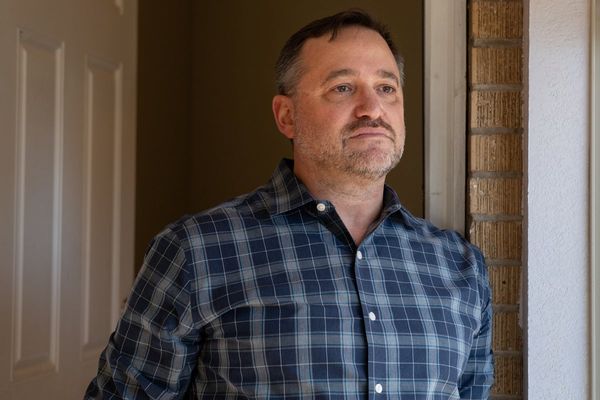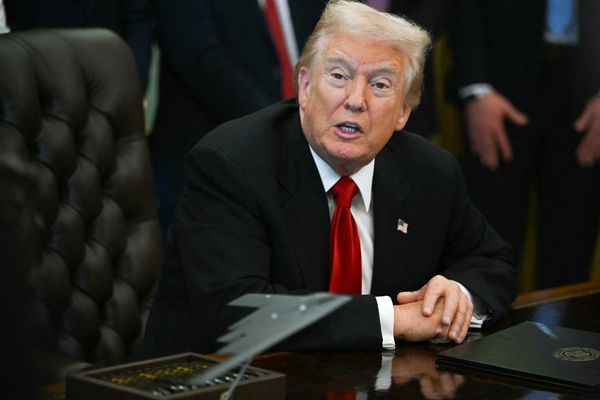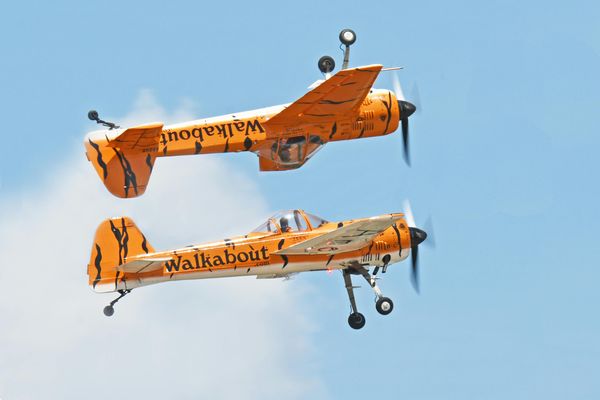Bouquets, boutonnieres and flower girl baskets. Flowers can be considered one of the most essential items for a wedding. With this year having approximately 2.47 million weddings in the U.S., 2022 will have the highest number of weddings since 1984, according to the Wedding Report, a research company that tracks and forecasts wedding industry statistics.
Postponed ceremonies because of COVID-19 are one of the reasons cited for the boom. And while florists are seeing an increase in business, they must also navigate how to meet the high demand with a flower shortage.
Tara Vevers, creative director and lead designer of Taxaflora, a flower shop in Chicago, said the demand so far this year has been overwhelming.
“The amount of inquiries we were getting last year for 2022 weddings was almost unmanageable and we are still receiving requests for 2022 weddings,” Vevers said.
Vevers provided flower arrangements for 12 weddings so far and there are a dozen more scheduled for the rest of the year.
“I was working over 80 hours a week and pulling all-nighters on a weekly basis,” Vevers said. “When booking 2022 weddings last year, I set a strict limit on how many weddings we would book for this year so as to not compromise the integrity of our work for our couples.”
Vevers said her goal is for Taxaflora clients to have a design that is uniquely theirs. But to do so, she had to navigate providing “the usual suspects” such as peonies, ranunculus and roses for soon-to-be newlyweds with a flower shortage
“Every day seems to be a new problem to solve since COVID-19,” Vevers said. “We’ve had so many farms shut down and suppliers unable to provide our basic products that we are constantly having to pivot and try to provide what our clients want.”
Molly Kobelt, co-founder of Field and Florist, a flower farm and floral design studio with retail locations in Chicago, is facing similar challenges meeting the higher demand, specifically with securing hardgoods such as vases and candles.
“Previously, we would receive one to two inquiries a day,” Kobelt said. “ Now, we regularly receive four to six a day for weddings of all sizes.
“By the end of the year, we will have done 25 larger-scale weddings and more than 50 smaller events,” Kobelt said. “We are also receiving more last-minute requests than we ever have.”
Field and Florist has a flower farm in Sawyer, Michigan, and grows flowers between April and October, Kobelt said, and seasonal flowers are at the core of their business and design work.
“Now more than ever, we are relying on using seasonal blooms from our farm, and other farms,” Kobelt said. “Growing many of our own flowers also allows us to focus on obtaining special varieties and colors not typically seen at the wholesale markets.”
Over the past few years, Kobelt said she noticed muted rust and peach have been popular.
Kobelt explained that Field and Florist has to limit the number of weddings they do based on staffing. Since the shop has two retail locations, the bandwidth gets stretched thin between May and September when farming season and wedding season coincide.
Despite these hurdles, Kobelt said Field and Florist will continue to focus on sustainable growing practices and access unique blooms to draw people into their garden-inspired shops.







